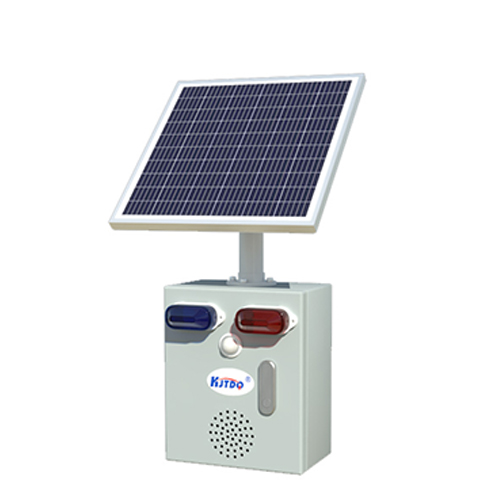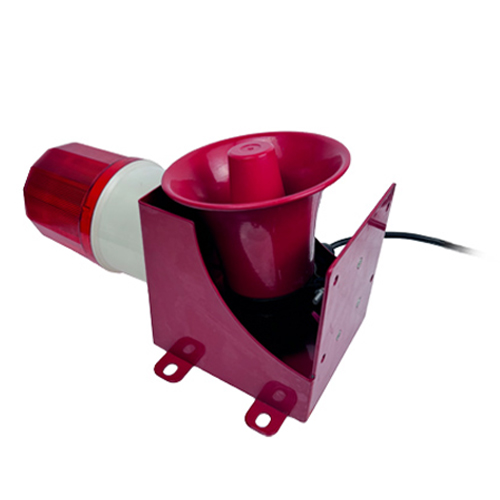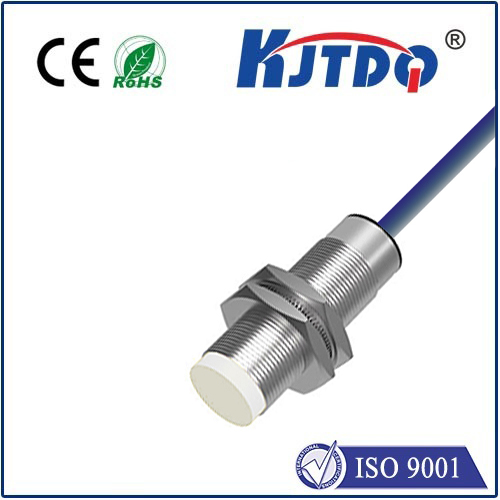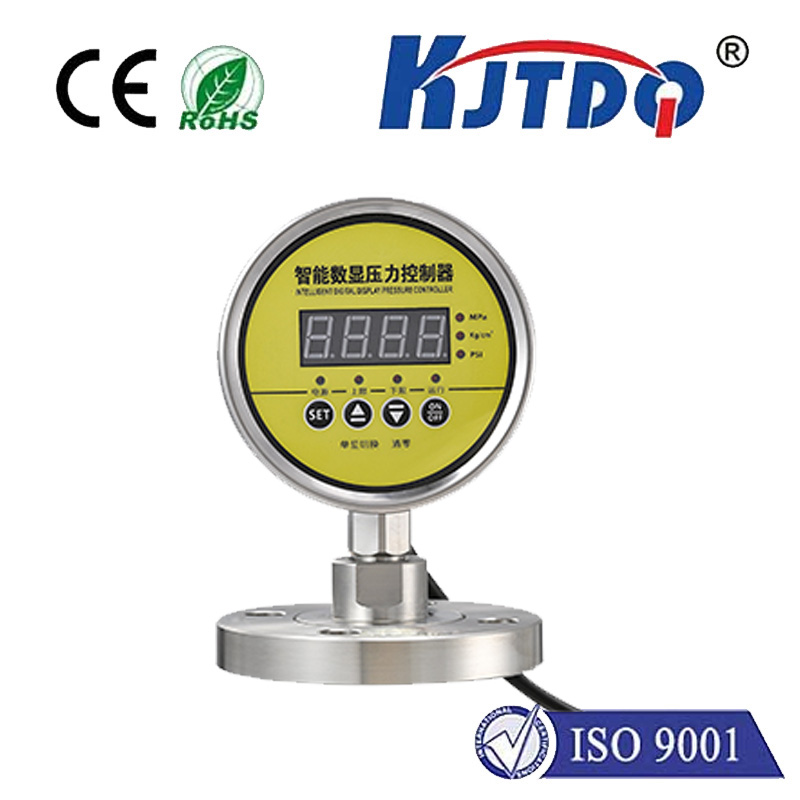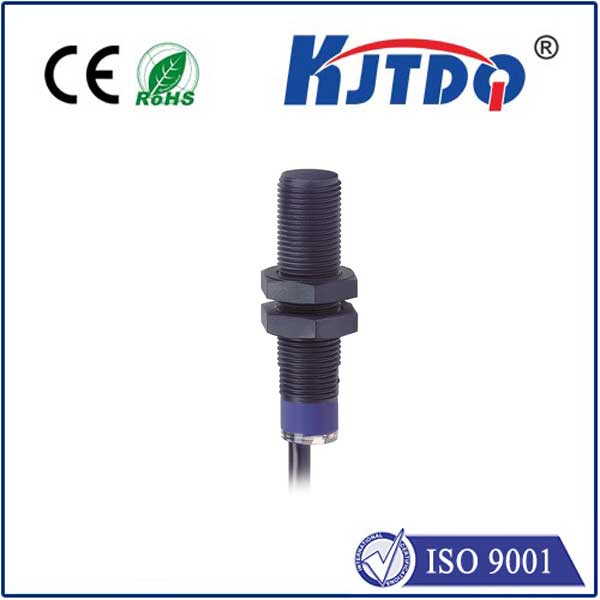

check

check

check

check
Imagine a device that knows you’re there before you touch it. Lights that brighten as you approach, alarms that silence with a wave, or displays that wake as you near. This magic of proximity detection is incredibly accessible using the versatile Raspberry Pi and straightforward Python code. Whether you’re building interactive installations, smart home gadgets, security systems, or fun gadgets, adding proximity awareness opens a world of possibilities. This guide dives into how you can easily implement proximity sensing using common sensors and Python on your Raspberry Pi.
Why Raspberry Pi and Python for Proximity Sensing?
The Raspberry Pi, especially models like the Raspberry Pi 4, Raspberry Pi 3, or the compact Raspberry Pi Zero, is the perfect brain for this task. Its General Purpose Input/Output (GPIO) pins allow direct communication with a vast array of electronic components, including proximity sensors. Python, with its clear syntax and extensive libraries, makes interacting with these GPIO pins and processing sensor data intuitive, especially for beginners. The combination offers a low-cost, highly flexible platform for prototyping and deploying proximity-based projects.
Choosing Your Proximity Sensor
Several sensor types work seamlessly with the Raspberry Pi for detecting nearby objects or people. The two most common and beginner-friendly are:
Wiring Up Your Sensor to the Raspberry Pi
Connecting the sensor is the first physical step. Always power off your Raspberry Pi before wiring! Here’s a basic overview for common 3.3V sensors like the HC-SR04:
Trig to a chosen GPIO pin configured as an OUTPUT (e.g., GPIO 23 / Pin 16).Echo to a chosen GPIO pin configured as an INPUT (e.g., GPIO 24 / Pin 18). Important: The HC-SR04 Echo pin outputs 5V. To safely connect to the Pi’s 3.3V GPIO, you need a simple voltage divider circuit (typically two resistors: e.g., 1kΩ from Echo to GPIO, 2kΩ from GPIO to GND) or a level shifter. Connecting 5V directly can damage the Raspberry Pi.
For a simple digital IR sensor (with VCC, GND, OUT):OUT to a chosen GPIO pin configured as an INPUT (e.g., GPIO 17 / Pin 11). Ensure the sensor logic operates at 3.3V.
For an analog IR sensor (Outputs a varying voltage), you’ll need an Analog-to-Digital Converter (ADC) like the MCP3008 between the sensor and the Pi’s GPIO, as the Pi lacks native analog input pins.Coding Proximity Detection in Python
Now for the fun part – bringing it to life with Python! We’ll use the excellent RPi.GPIO library. Install it if needed (pip install RPi.GPIO).
Example 1: Basic Ultrasonic Sensor (HC-SR04) with Voltage Divider
import RPi.GPIO as GPIO
import time
GPIO.setmode(GPIO.BCM) # Use Broadcom pin numbering
TRIG_PIN = 23 # Pi GPIO 23 (Pin 16)
ECHO_PIN = 24 # Pi GPIO 24 (Pin 18) - *MUST* be behind voltage divider!
# Setup GPIO pins
GPIO.setup(TRIG_PIN, GPIO.OUT)
GPIO.setup(ECHO_PIN, GPIO.IN)
GPIO.output(TRIG_PIN, GPIO.LOW) # Ensure trigger starts low
def measure_distance():
# Send a short 10us pulse to trigger
GPIO.output(TRIG_PIN, GPIO.HIGH)
time.sleep(0.00001) # 10 microseconds
GPIO.output(TRIG_PIN, GPIO.LOW)
# Wait for Echo pin to go HIGH (start of pulse)
pulse_start = time.time()
while GPIO.input(ECHO_PIN) == GPIO.LOW:
pulse_start = time.time() # Update time if still LOW (timeout possible)
# Wait for Echo pin to go LOW (end of pulse)
pulse_end = time.time()
while GPIO.input(ECHO_PIN) == GPIO.HIGH:
pulse_end = time.time() # Update time if still HIGH
# Calculate pulse duration and distance (Speed of sound ~343m/s = 34300 cm/s)
pulse_duration = pulse_end - pulse_start
distance = pulse_duration * 34300 / 2 # Divide by 2 (sound traveled to object and back)
return distance
try:
while True:
dist = measure_distance()
print(f"Distance: {dist:.2f} cm")
if dist < 20: # Example: Detects object closer than 20cm
print("** Object detected nearby! **")
time.sleep(1) # Pause between readings
except KeyboardInterrupt: # Clean exit with Ctrl+C
print("Measurement stopped by User")
GPIO.cleanup() # Reset GPIO settings
Key Points in the Ultrasonic Code:
measure_distance() handles the core timing logic.time.sleep(0.00001) is critical for the 10µs trigger pulse.while loops wait for the echo pulse edges, capturing start and end times.